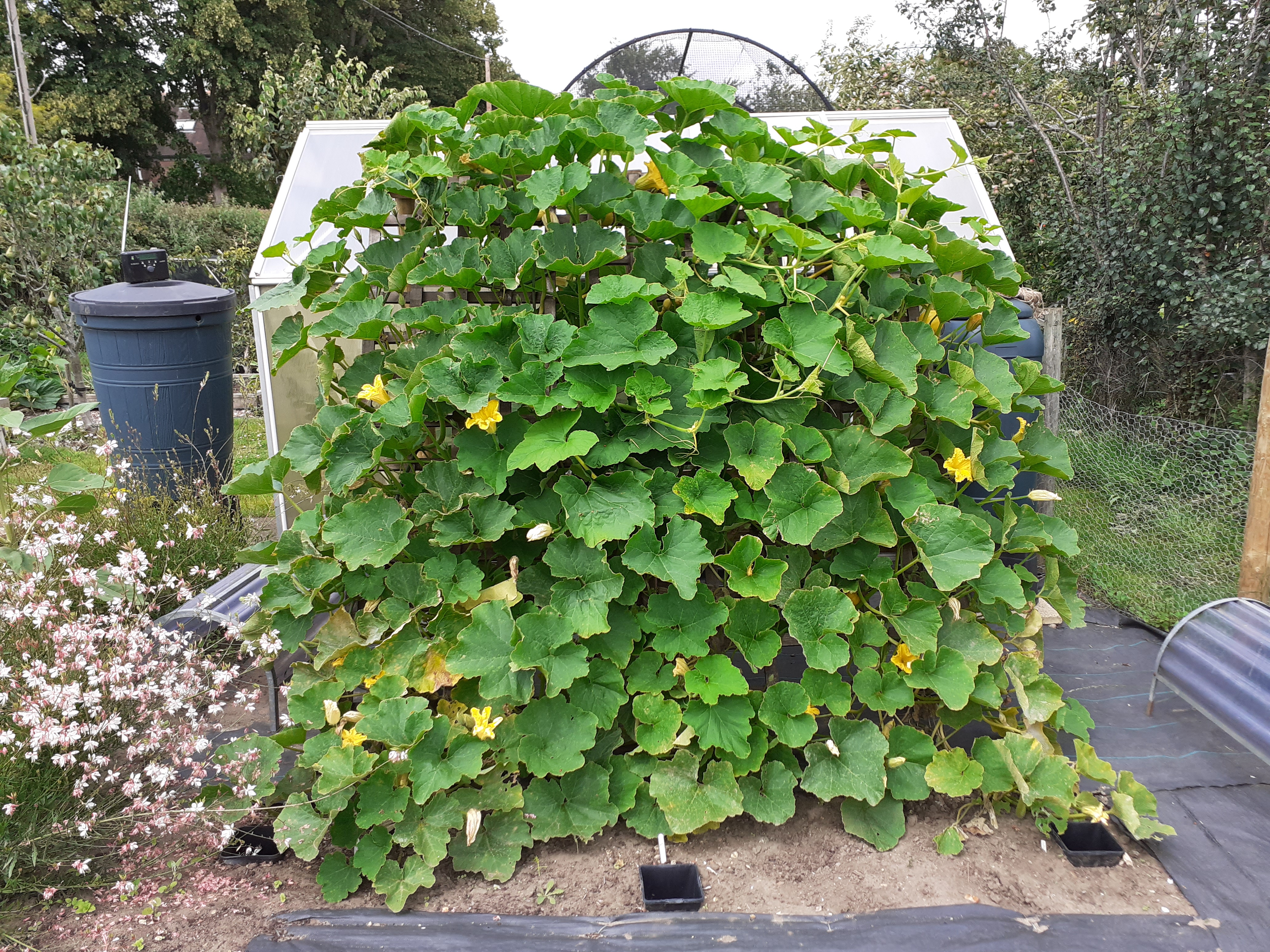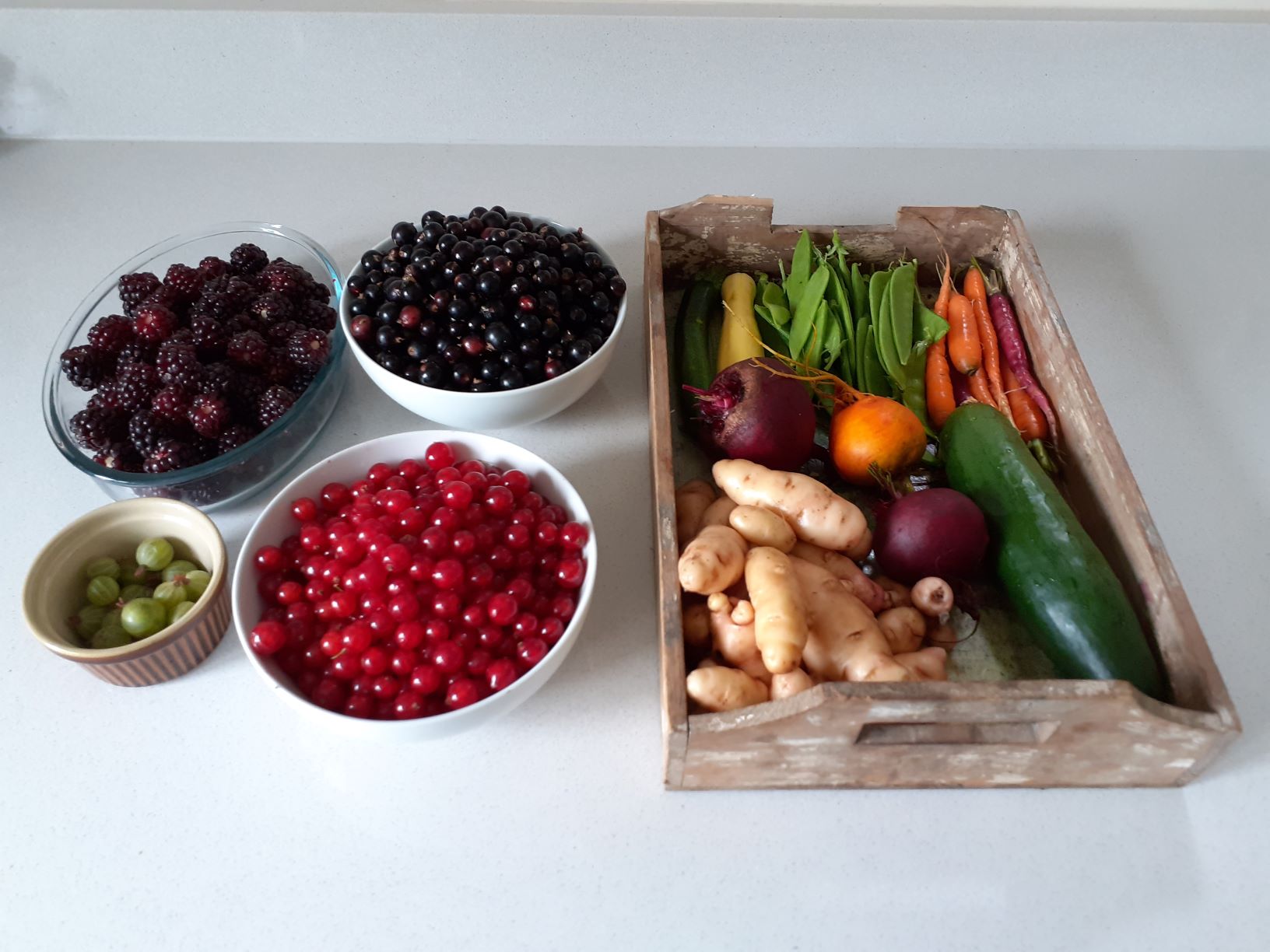By the end of June, all of our plants for summer and autumn harvesting are in the ground, so July is about looking after them and, of course, harvesting and eating the crops. With long, warm days the norm in July, plants will be growing strongly, so the role of the gardener is simply to help this process along.
We’ll be doing plenty of weeding to minimise competition for water, light and nutrients and will be keeping a careful eye on the growing plants to check for signs of ill-health, whether disease, damage from pests or physiological problems – most likely drought at this time of year, but drafting this in mid-June, we were still getting plenty of rain. If the ground is drying out, then targeted watering is important, water needs to be at the roots for plants to use it, wetting the soil surface won’t help the plants but will waste water. We will also feed fast-growing plants and at this time of year using a seaweed solution to give them a boost.
As for pests, we have to accept that we’ll be sharing some of the crops. We try to maximise our share by using barriers (fences, nets and fleece) to prevent pests from getting to the plants, and, as with any integrated pest management system, observation is key.
For many crops regular harvesting is an important part of maintaining plant health and maximising the crop. Most of gardening comes down to sex (or at least reproduction) and preventing the production of mature seed helps to stimulate new flowers and thus extra fruits. This is particularly true for crops like courgettes, beans, cucumbers and peppers, all of which will be starting to crop soon. During July we’ll also be harvesting peas, carrots, beetroot, early potatoes, currants, strawberries and the first tomatoes.





